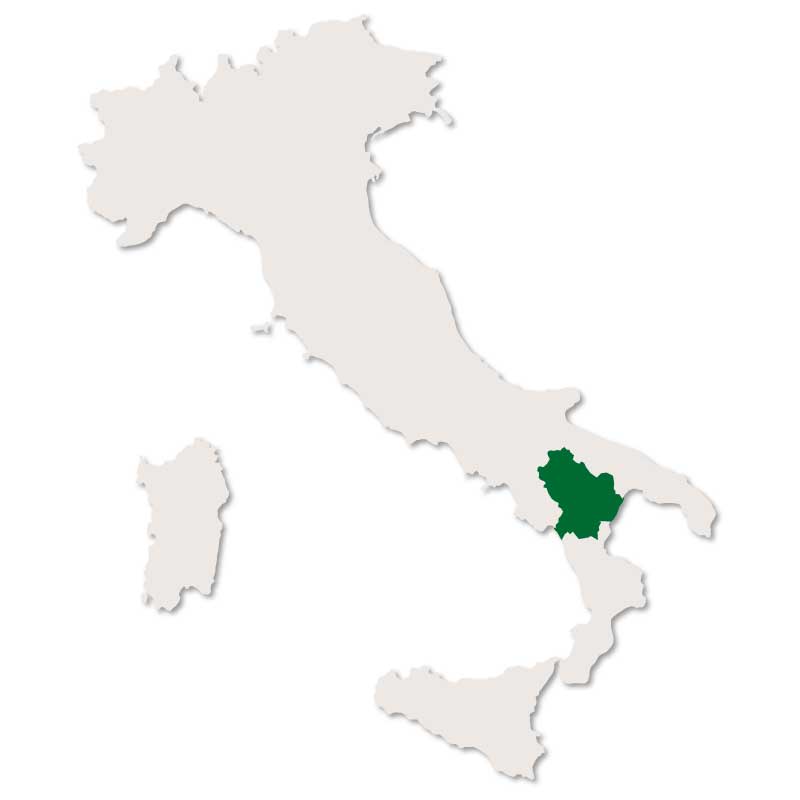
The province of Potenza, nestled in the mountainous region of Basilicata in southern Italy, is a place of dramatic landscapes, timeless villages, and deep cultural roots. Often overlooked by mainstream tourism, Potenza province rewards intrepid travelers with authentic experiences, from alpine adventures to ancient ruins and hearty local cuisine. With the Apennines running through its core and a mosaic of medieval towns perched on craggy hills, the province is a journey into the soul of rural Italy—raw, beautiful, and utterly captivating.

Potenza province is defined by its rugged terrain. The Lucanian Apennines dominate the landscape, with peaks like Monte Vulture, an extinct volcano now hosting vineyards and lakes in its crater. The area’s elevation and untouched wilderness make it ideal for hiking, climbing, and skiing in winter months.
The Sirino Massif and Pollino National Park offer endless trails, panoramic views, and an escape into nature for adventurers and solitude-seekers alike. Rivers such as the Agri and Basento carve through the land, nurturing valleys and fertile plateaus.
Throughout Potenza province, hilltop towns and villages preserve centuries-old architecture and traditions. Towns like Castelmezzano and Pietrapertosa are dramatic examples, clinging to the Dolomite-like Lucanian peaks. These two villages are linked by the famous “Flight of the Angel” zipline, one of the most thrilling experiences in Italy.
Other towns, such as Venosa, Melfi, and Lagopesole, offer rich historical layers from Roman to Norman to Bourbon eras. These places feel untouched by time, with cobbled streets, stone houses, and vibrant local festivals bringing history to life.
Castles, monasteries, and ancient sanctuaries are scattered across the province. Melfi Castle, once a residence of Emperor Frederick II, is one of the most important medieval fortresses in southern Italy. Nearby Lagopesole Castle also played a key role in the region’s history and offers commanding views of the valley below.
The Abbey of San Michele in Monticchio and the rock-hewn churches near the Vulture area reveal Potenza’s deep spiritual roots, with architecture carved into the land and frescoes preserved across centuries.
In the northern part of the province lies the fertile territory of Vulture, an area shaped by the ancient volcano Monte Vulture. This is one of Italy’s most unique wine regions, home to the renowned Aglianico del Vulture DOCG red wine.
Vineyards here flourish in volcanic soil, and visitors can explore traditional wineries, wine cellars in caves, and scenic routes through rolling hills. The twin lakes of Monticchio, nestled in the volcano’s crater, offer a picturesque setting for nature lovers and a peaceful spot for reflection.
The people of Potenza province have preserved their traditions through centuries of relative isolation. Folk music, religious processions, and artisanal crafts remain central to village life. Festivals such as the “Sagra del Baccalà ” in Avigliano or the “Notte dei Briganti” in Rionero in Vulture give visitors a lively taste of local culture. Religious devotion is expressed through elaborate celebrations like the “Madonna della Bruna” and “San Gerardo” festivals, which blend solemnity with spectacle in unforgettable ways.
Potenza province offers a robust and earthy cuisine based on local ingredients and rural heritage. Traditional dishes include strascinati pasta with breadcrumbs, lamb cooked in clay ovens, cured meats, and cheeses like canestrato and pecorino.
Chestnuts, truffles, and mushrooms are foraged from the forests, while honey and herbs flavor both savory and sweet creations. Aglianico wine, olive oil, and home-baked bread form the backbone of many meals. Dining in Potenza province is less about formality and more about sharing and savoring.
The province of Potenza offers an unfiltered, genuine experience of Italy that’s far removed from the crowds. Here, every mountain pass reveals a new vista, every town tells a different story, and every meal is a celebration of local life.
Whether you’re seeking adventure in the mountains, exploration in ancient castles, or peace in the silence of highland churches, Potenza province is a destination of hidden beauty and enduring charm. For those who want to see the Italy that locals know and love, this is the place.



